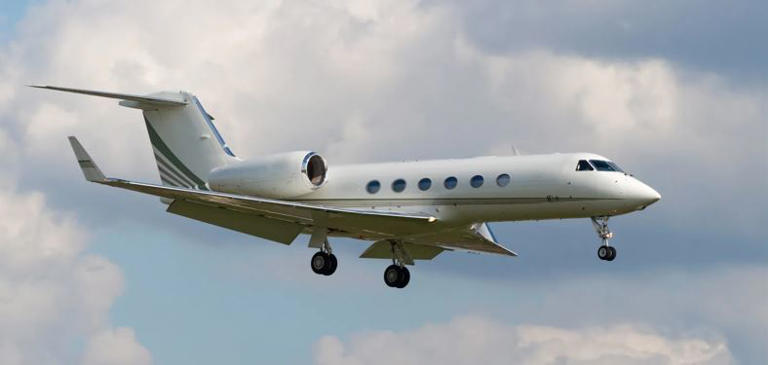
By Edson Baraukwa | Africa Guardian
As Africa and the Caribbean aim to strengthen economic and cultural ties, a significant barrier stands in the way: the lack of direct air travel between the two regions. This gap in air connectivity is not just a logistical issue; it’s a major obstacle to boosting trade, tourism, and people-to-people interactions. Addressing this challenge is crucial for unlocking the full potential of Africa-Caribbean relations and fostering greater collaboration across the Atlantic.
Currently, travelers between Africa and the Caribbean often endure long, multi-stop journeys through Europe, North America, or the Middle East, which increases travel time and costs. This indirect connectivity hinders the movement of goods, services, and people, limiting opportunities for economic growth and cultural exchange. African businesses face delays in exporting goods to the Caribbean, while Caribbean tourists and entrepreneurs may be discouraged from exploring opportunities in Africa due to the complexity and expense of travel. For stronger ties to develop between the two regions, this situation must change.
To overcome the air travel challenge, a multi-pronged approach is essential. Here are some strategies that could help bridge the gap:
1. Strategic Airline Partnerships:
African and Caribbean airlines should explore collaborations like code-sharing agreements to streamline travel routes. Such partnerships could reduce costs, increase flight frequency, and offer more convenient travel options for passengers. Joint ventures between airlines from both regions could also be established to operate direct flights between key cities, but this would require coordination among governments, regulators, and airlines to ensure commercial viability.
2. Government Support for Direct Flights:
Governments in Africa and the Caribbean need to prioritize direct air links as part of broader trade and tourism strategies. Financial incentives, such as subsidies or tax breaks, could be provided to airlines that operate direct flights between the two regions. Bilateral air service agreements would also need to be negotiated to set a regulatory framework for air travel, covering areas such as flight frequencies, landing rights, and safety standards.
3. Investment in Infrastructure:
Upgrading airport infrastructure on both sides of the Atlantic is crucial to support direct long-haul flights. This includes expanding cargo facilities, improving passenger amenities, and upgrading airports to handle international traffic. Governments and private investors should also consider developing new or expanded aviation hubs in strategic locations, which could serve as gateways for travel between Africa and the Caribbean, connecting to other major cities around the world.
4. Promoting Tourism and Business Travel:
Tourism boards and trade organizations in both regions should collaborate on joint marketing campaigns and travel fairs to promote tourism and business travel between Africa and the Caribbean. Offering special incentives, such as discounted airfares or travel packages, would help generate demand for direct flights and showcase the economic viability of these routes.
5. Leveraging Technology for Enhanced Connectivity:
Advancements in aviation technology, like the development of more fuel-efficient, long-range aircraft, could make direct flights more feasible and cost-effective. Digital platforms can also streamline the booking process, provide real-time travel information, and offer personalized travel experiences, making the journey between Africa and the Caribbean more appealing and convenient for travelers.
In conclusion, the absence of direct air travel between Africa and the Caribbean remains a significant hurdle to deeper economic and cultural cooperation. However, with strategic airline partnerships, government backing, infrastructure investment, and innovative solutions, this challenge can be overcome. The time is ripe to take bold steps to bridge the skies and bring these two vibrant regions closer together.
___
